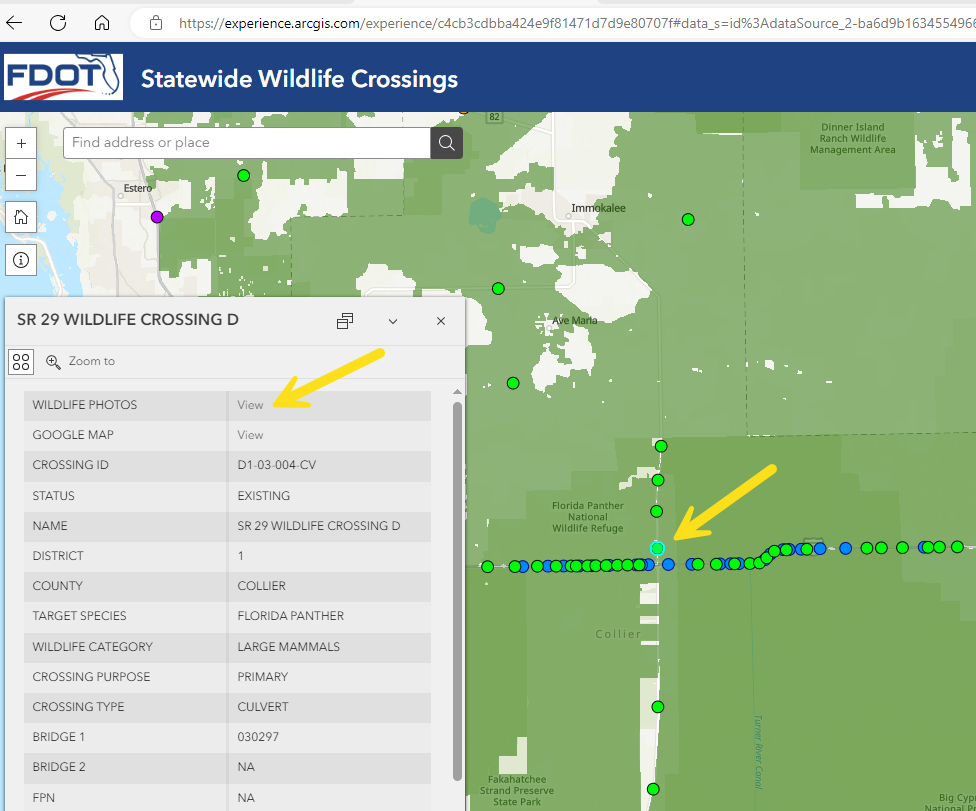Conservation and Wildlife News
402 properties are currently being reviewed and ranked in the 2025 Project Cycle of the Rural and Family Lands Protection Program. Click here to learn more.
The Wildlife Society’s Joshua Rapp reports on a recently published study where researchers “tracked the survival rates of gopher tortoises translocated to Nokuse, a 55,000-acre property on the Florida Panhandle near Panama City that hosts reintroduced gopher tortoises moved as mitigation measures and conducts longleaf pine restoration and other conservation work”. Click HERE to read the story.
Help biologists learn more about Florida’s wild turkey populations by reporting all wild turkeys you see during your normal daily activities from June 1 to Aug. 31.
We’re interested in sightings of hens with and without poults (young wild turkeys), and male birds (jakes and gobblers) from all regions of the state, including rural and developed areas. When reporting numbers of poults, be sure to look carefully because young birds may be difficult to see in tall grass or brush.
The Sunshine State is home to healthy wild turkey populations. They occur throughout Florida and prefer open forests and forest edges and openings. Our biologists conduct this survey each year to learn more about annual nesting success, brood survival, and distribution and abundance of wild turkeys.
Learn more about the FWC’s summer wild turkey survey.
Report your wild turkey sightings online: bit.ly/3qtVbVF OR by using the Survey123ArcGIS app: bit.ly/3OVVP8n
Today, Governor Ron DeSantis and the Cabinet approved an investment to protect nearly 28,000 acres of Florida’s natural lands and link existing conservation areas. Today’s actions also mark the first acquisition within the Caloosahatchee-Big Cypress Corridor, an important Everglades and panther habitat.
Click this news item to read more.
With more than 6 million acres of state-managed conservation lands, options for experiencing wild Florida can be difficult to narrow down. The Florida Fish and Wildlife Conservation Commission (FWC) is proud to announce the WMA Recreation Finder, an interactive virtual map for Florida residents and visitors looking to find their perfect outdoor experience on public lands. Click this story to read more.
Help biologists learn more about Florida’s wild turkey populations by reporting all wild turkeys you see during your normal daily activities from June 1 to Aug. 31.
We’re interested in sightings of hens with and without poults (young wild turkeys), and male birds (jakes and gobblers) from all regions of the state, including rural and developed areas. When reporting numbers of poults, be sure to look carefully because young birds may be difficult to see in tall grass or brush.
The Sunshine State is home to healthy wild turkey populations. They occur throughout Florida and prefer open forests and forest edges and openings. Our biologists conduct this survey each year to learn more about annual nesting success, brood survival, and distribution and abundance of wild turkeys.
Learn more about the FWC’s summer wild turkey survey.
Report your wild turkey sightings online: bit.ly/3qtVbVF OR by using the Survey123ArcGIS app: bit.ly/3OVVP8n
Florida Fish & Wildlife Conservation Commission sent this bulletin at 11/17/2021 12:59 PM EST
For Immediate release: Nov. 17, 2021
Contact: Carli Segelson, 772-215-9459, Carli.Segelson@MyFWC.com
Michelle Kerr, 727-282-7642, Michelle.Kerr@MyFWC.com
Suggested Tweet: To modernize, align with @FishWildlife best management practices, @MyFWC is evaluating trapping rules. Public feedback welcome. https://content.govdelivery.com/accounts/FLFFWCC/bulletins/2fca46b #Florida
FWC evaluates trapping rules, seeks public input
The Florida Fish and Wildlife Conservation Commission (FWC) is seeking public feedback as staff begin to evaluate rules addressing regulated wildlife trapping. Staff are exploring possible changes to modernize trapping rules to align with the Association of Fish and Wildlife Agencies’ best management practices in support of species-specific and humane trapping methods.
The Florida Fish and Wildlife Conservation Commission (FWC) has launched a new community science project aimed at learning more about Florida’s skunk populations.
The Sunshine State is home to two species of skunks, the striped skunk and the smaller eastern spotted skunk. Both are thought to be found throughout the state and biologists are hoping to involve the public in collecting observations to learn more about the distribution of both species and the types of habitats in which they are found.



The FWC asks you to report sightings of the rare Rainbow Snake https://content.govdelivery.com/accounts/FLFFWCC/bulletins/3ee59e7
Click this story to read more.